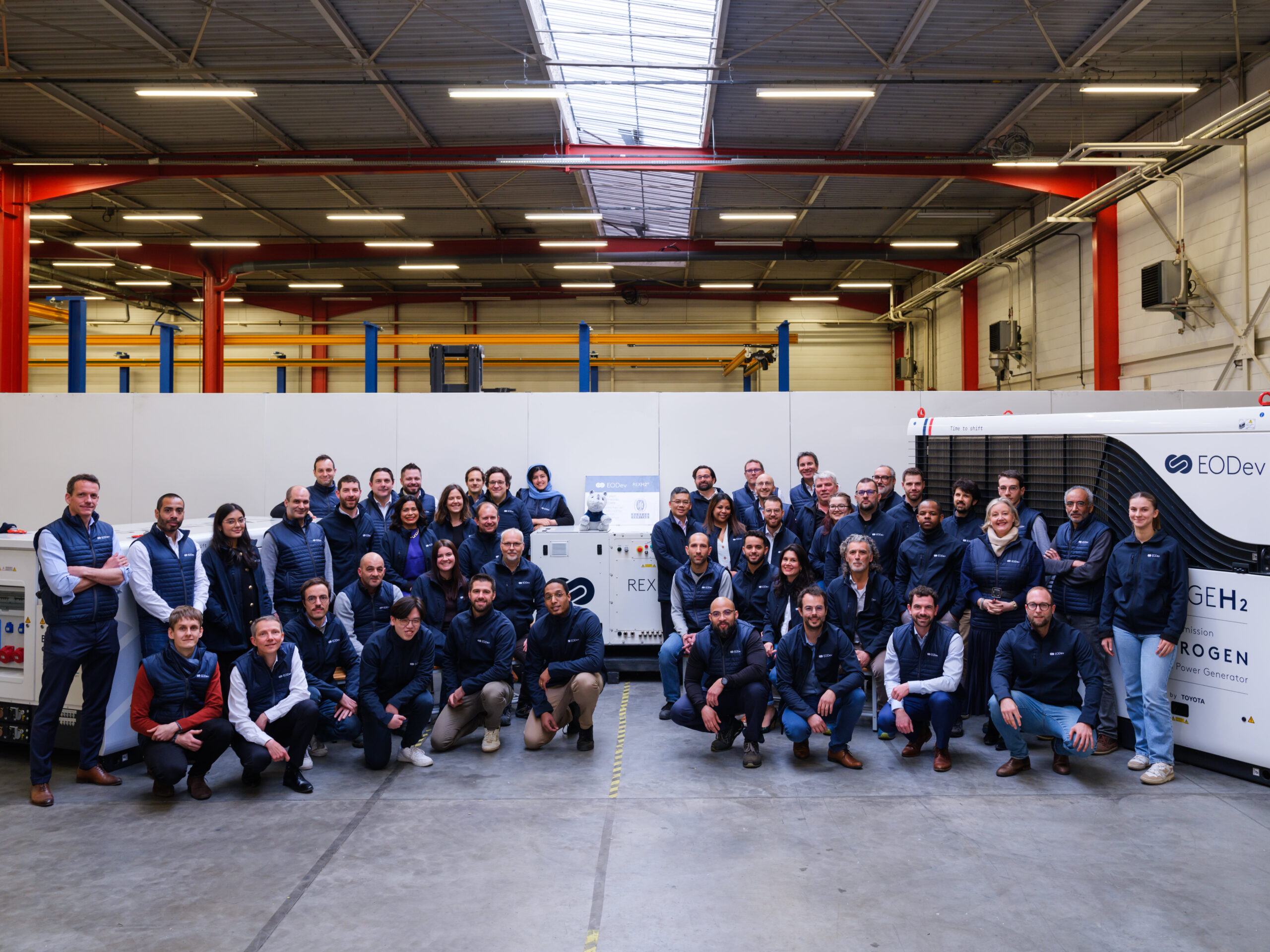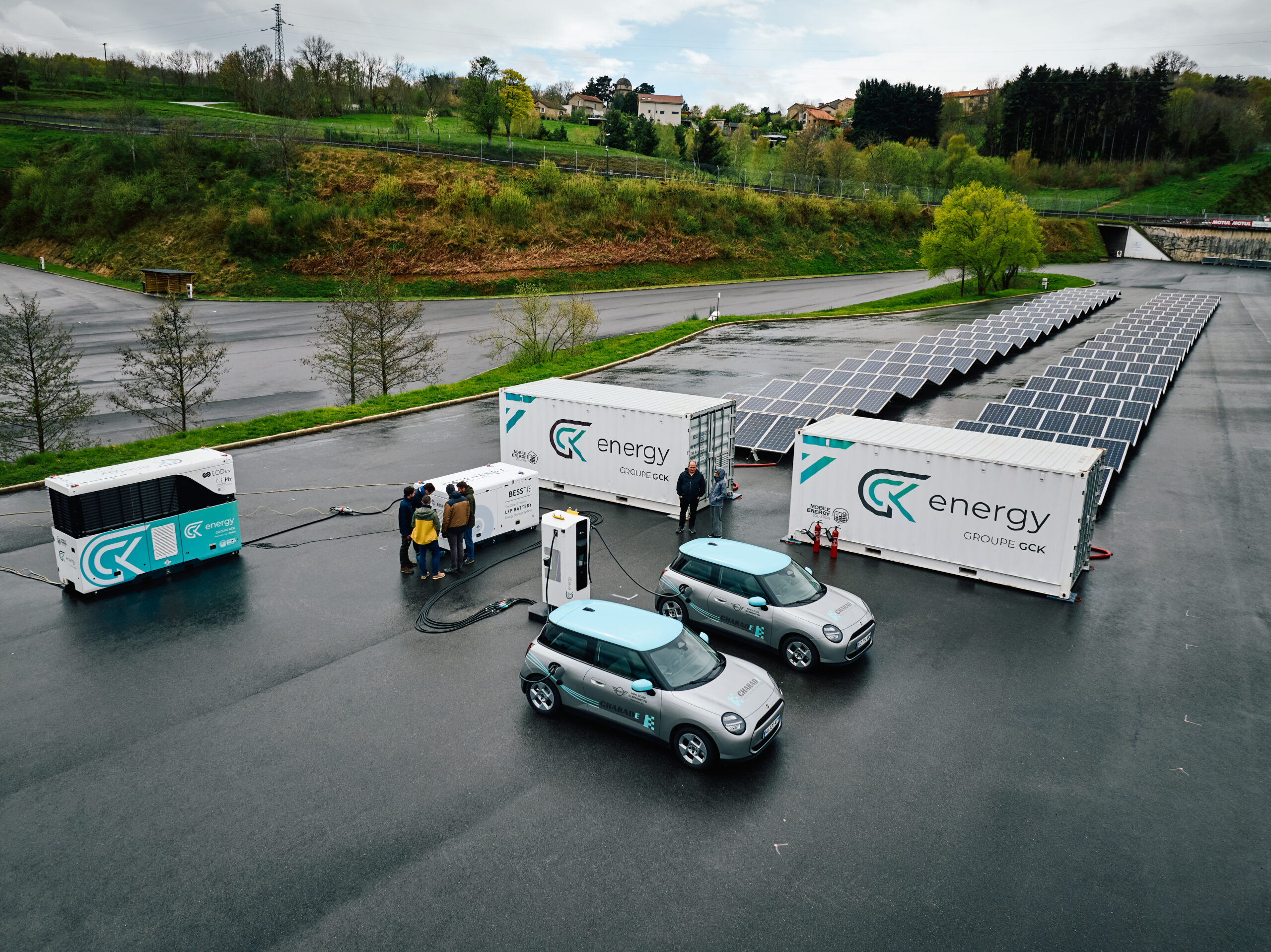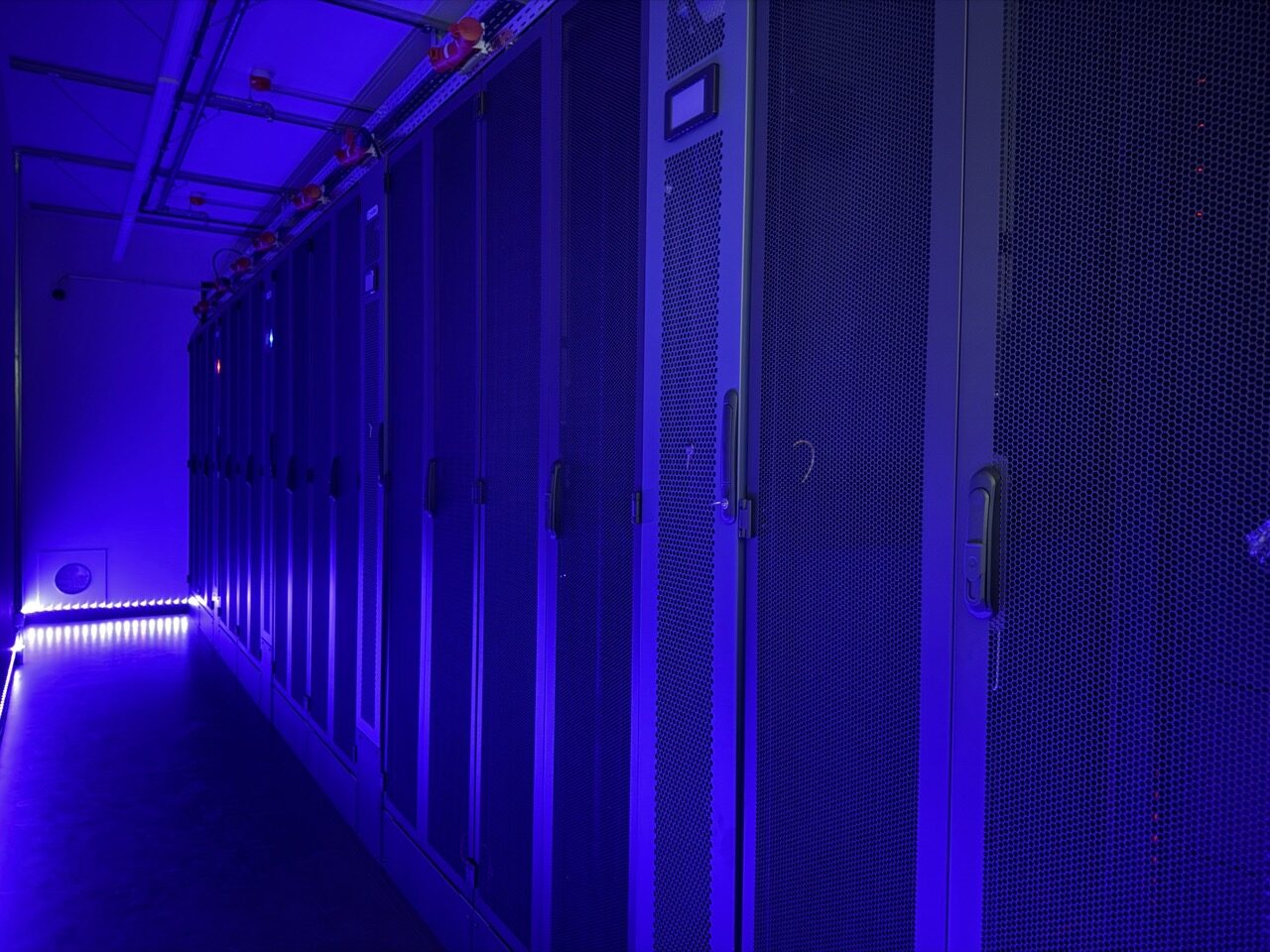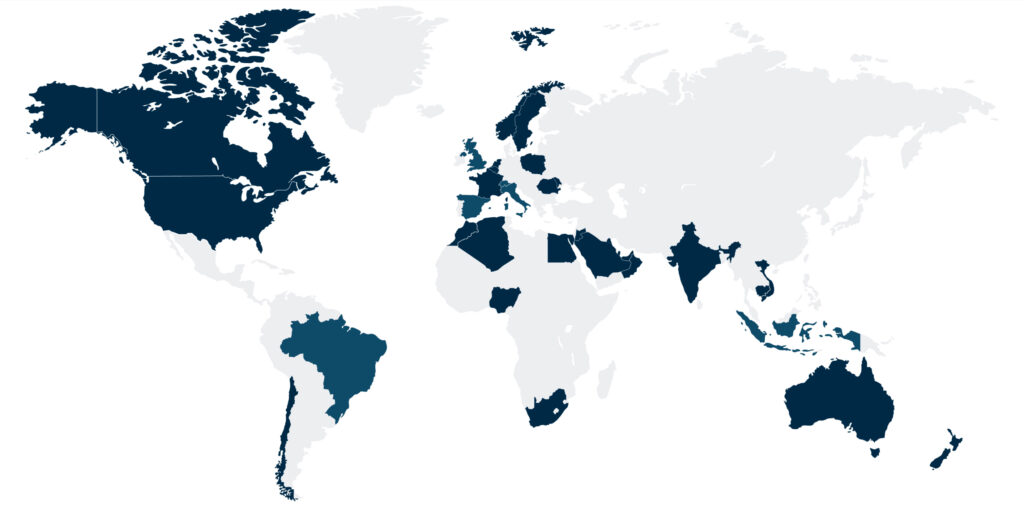Compact, silent, easily transportable and deployable, BESSTIE is the best ally to provide a reliable and fast energy response in a stand-alone or hybrid way, by associating it either with the existing grid as a complement or with another generator or energy system. With a capacity of 124kWh, this battery system adapts to all types of technical configuration and environment.
A sustainable & mobile energy source

Zero Emission and Quiet
An ideal solution for noise-sensitive areas
120 kVA of power delivered with no emissions or noise which makes it the perfect asset for deployment in cities, night time operation and residential areas.
Intelligent and Connected
Improved energy efficiency
BESSTIE adapts to each application, it can easily integrates different energy sources (Hydrogen gensets, diesel and/or grid). Real time data is available 24h/24 from EODev’s secure web portal.
Easy and Quick to deploy
A turnkey solution for instant energy
Compact and lightweight, BESSTIE is easy to transport and to deploy. Its intelligent software adapts seamlessly to different applications and environments, enabling rapid and hassle-free deployment wherever it’s needed.
BESS to Cut Costs, Lower Emissions
& Maximize Asset Utilization

Economic
Low Load Applications
Pairing BESSTIE with an oversized diesel genset improves efficiency by maintaining optimal loads for the genset. By supplying power at low loads, BESSTIE cuts fuel consumption by up to 90%, reduces emissions, minimizes wear and tear, lowers maintenance costs, extends refueling intervals, and decreases noise pollution.
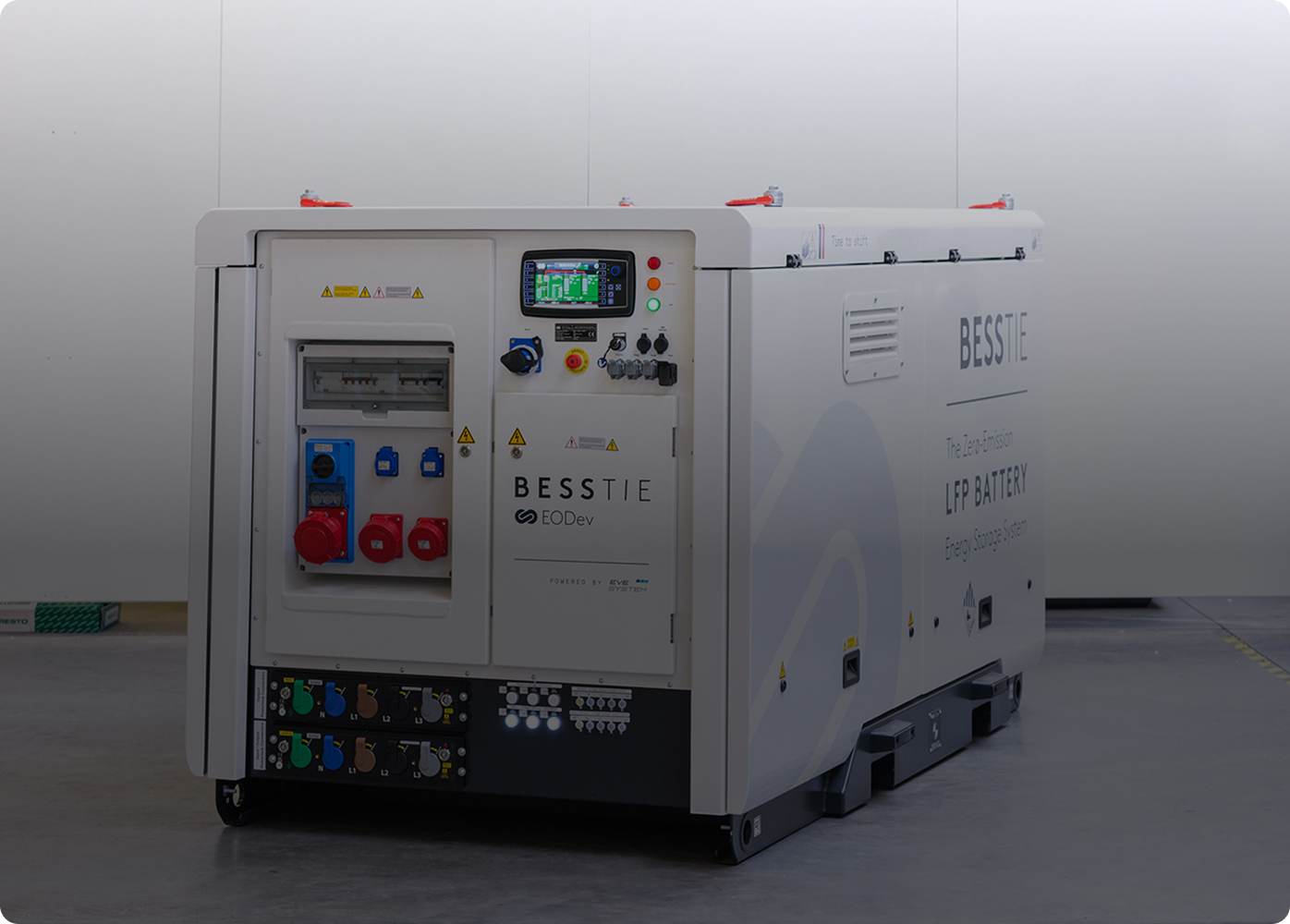
Efficient
Peak Shaving & Power Boost
BESSTIE is able to store the energy from a diesel or hydrogen generator or the grid during low-load periods and delivers power during peaks, maximizing efficiency.
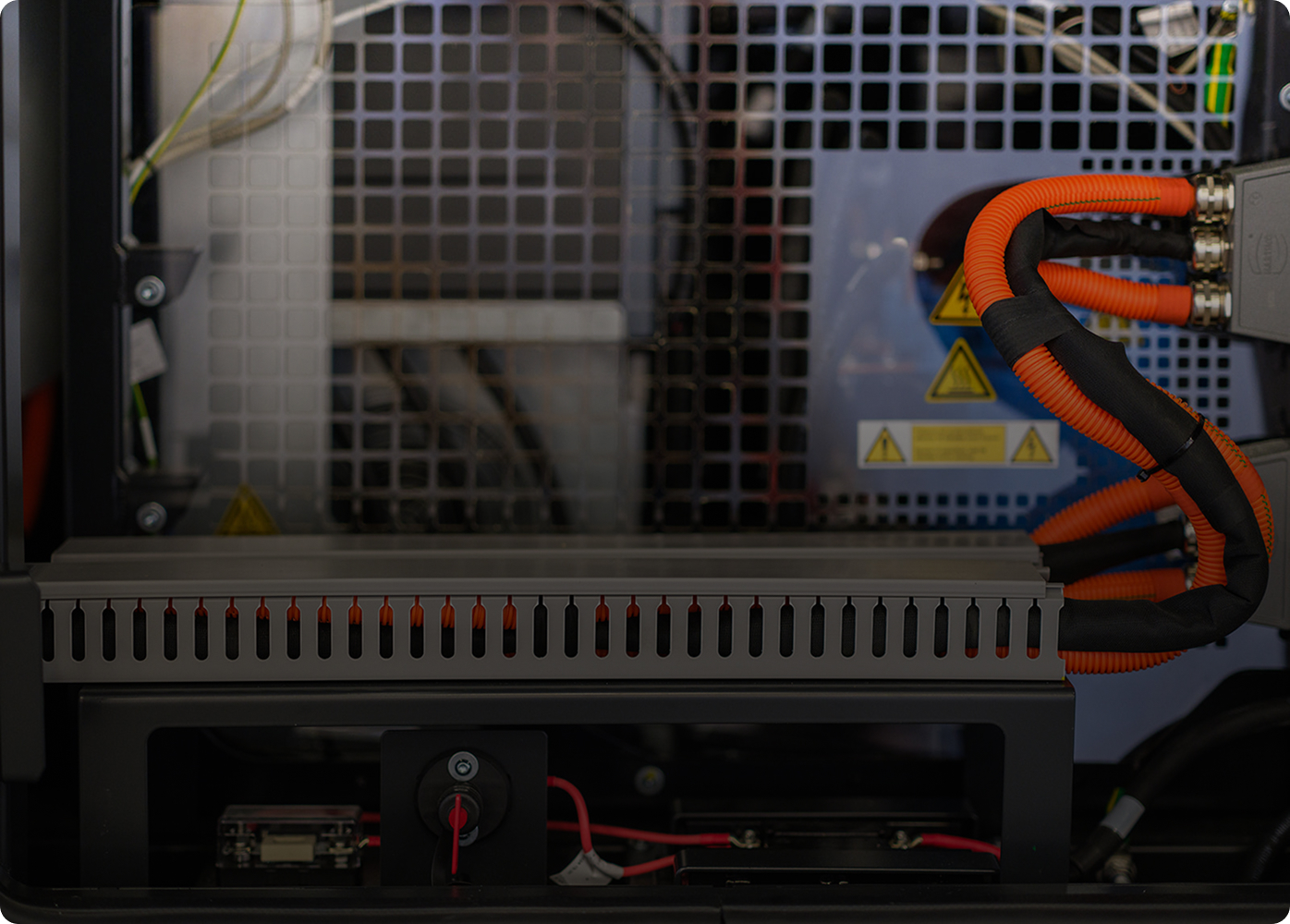
Flexible
Sophisticated load sharing with DEIF
For applications with several sources of energy, BESSTIE comes with DEIF controller that enables you to put in place sophisticated power management application to recreate for example, a zero-emission micro-grid.
A high-capacity mobile energy solution
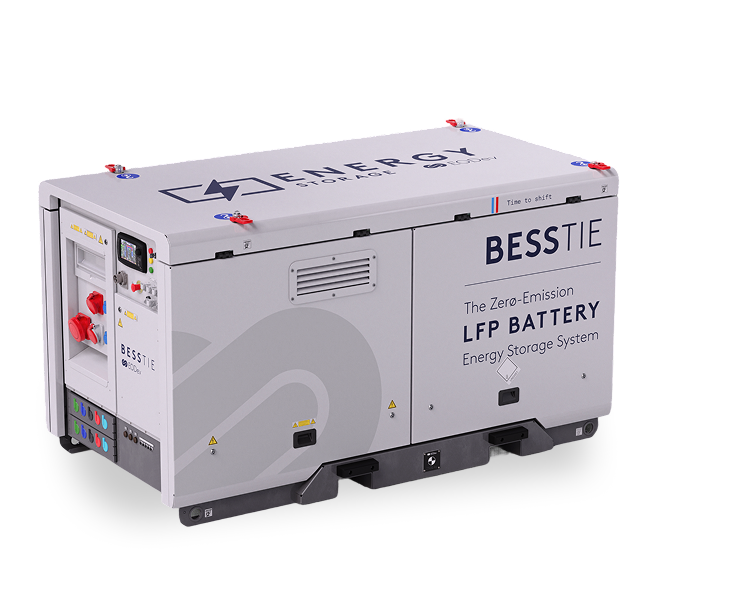
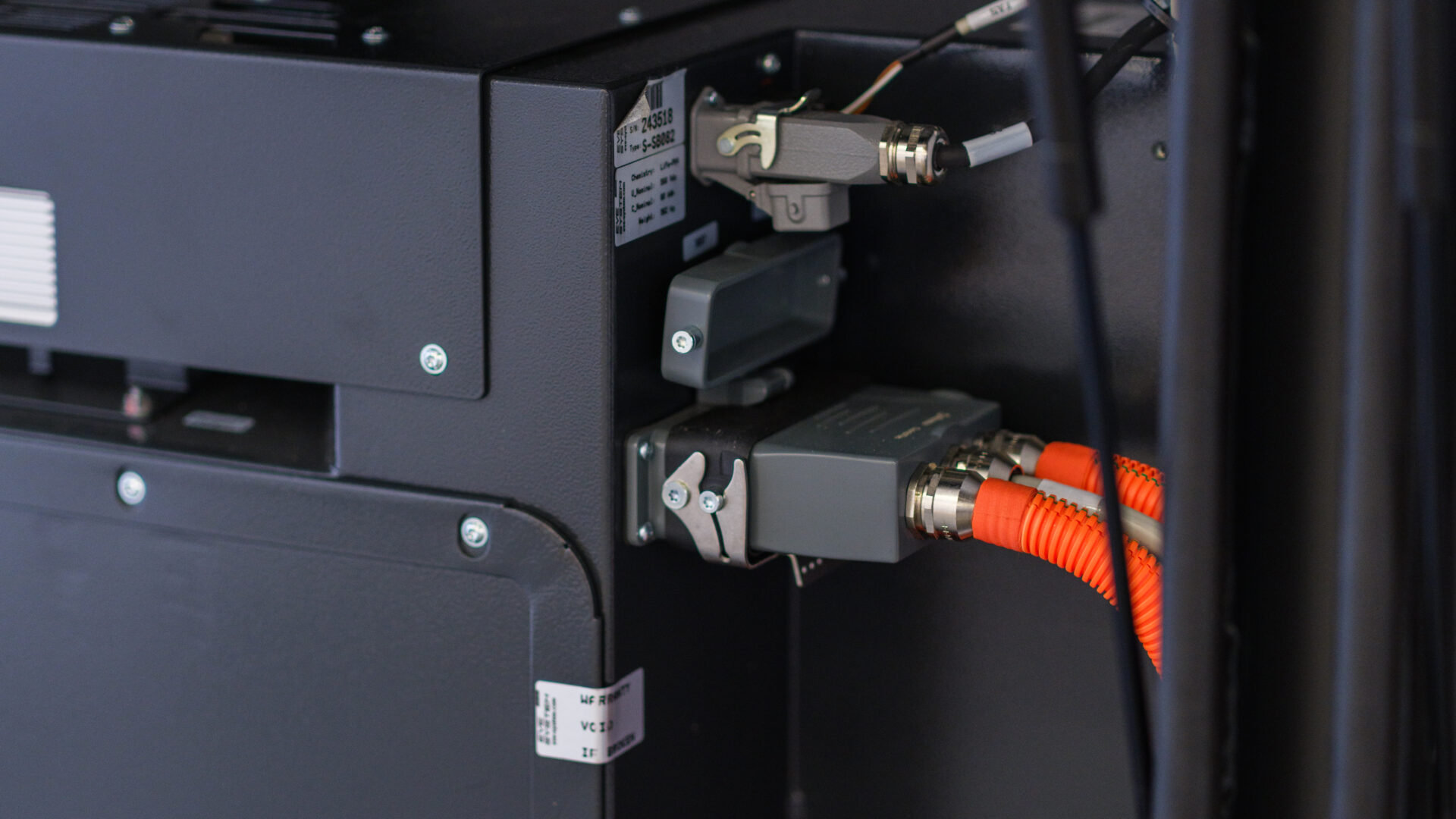
Dedicated compartment for the two batteries, key elements of the system that ensure redundancy and therefore product availability.
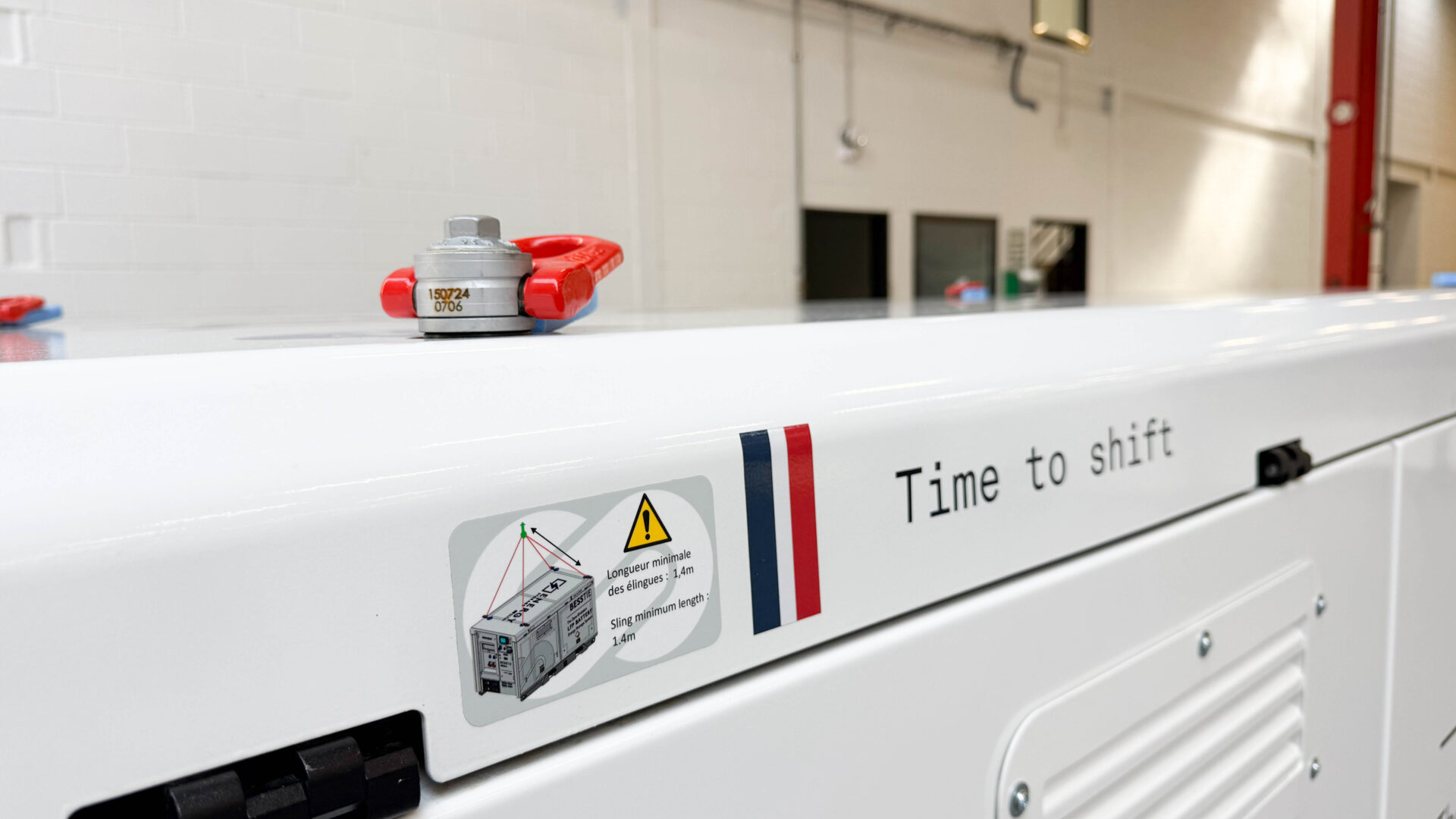
Mobile, BESSTIE is easy to move with is weight of 2.5 tonnes, it can be transported by forklift thanks to its attachment points.
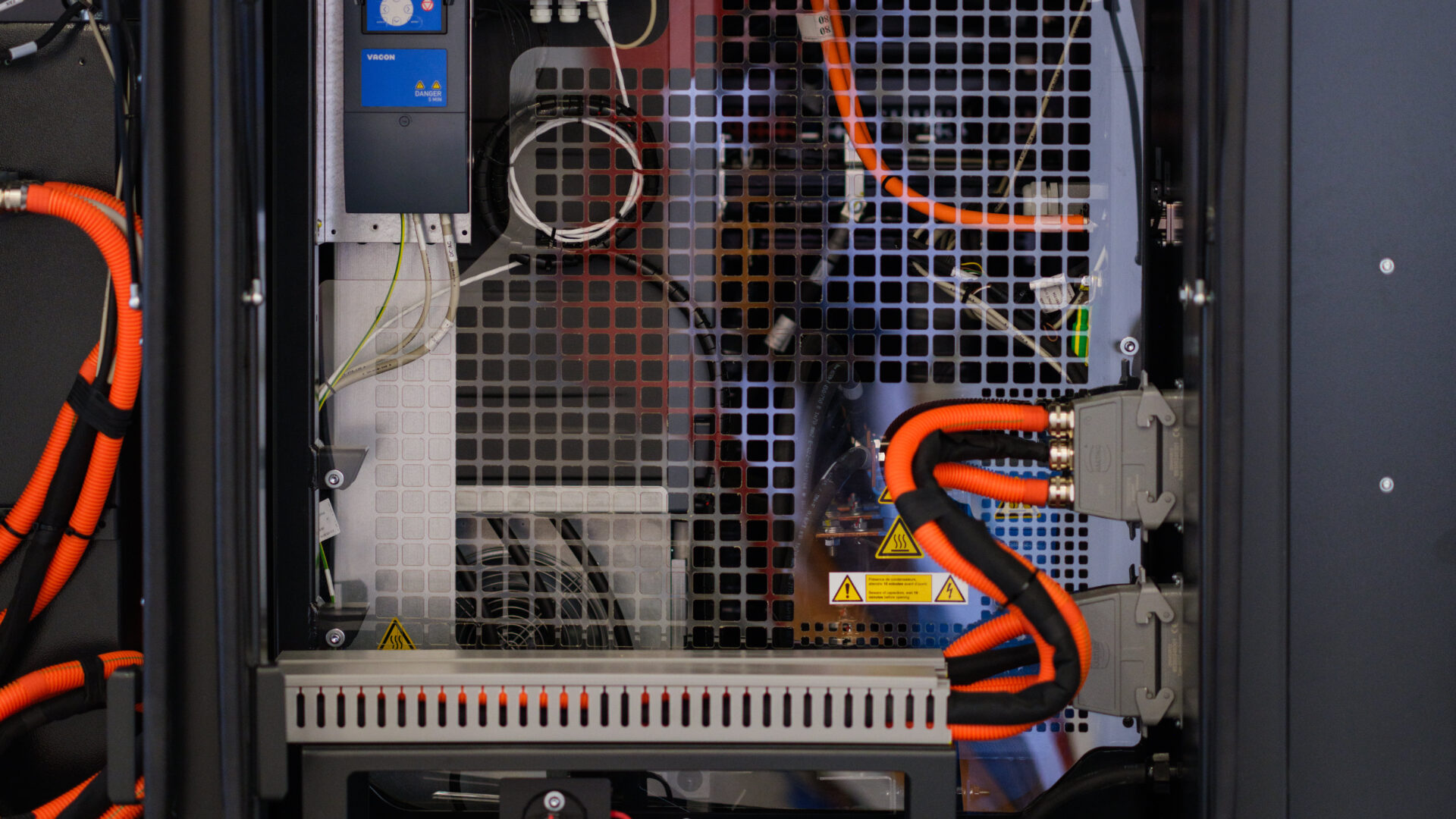
BESSTIE is equipped with a DC/AC power conversion system that transforms direct current into alternating current.
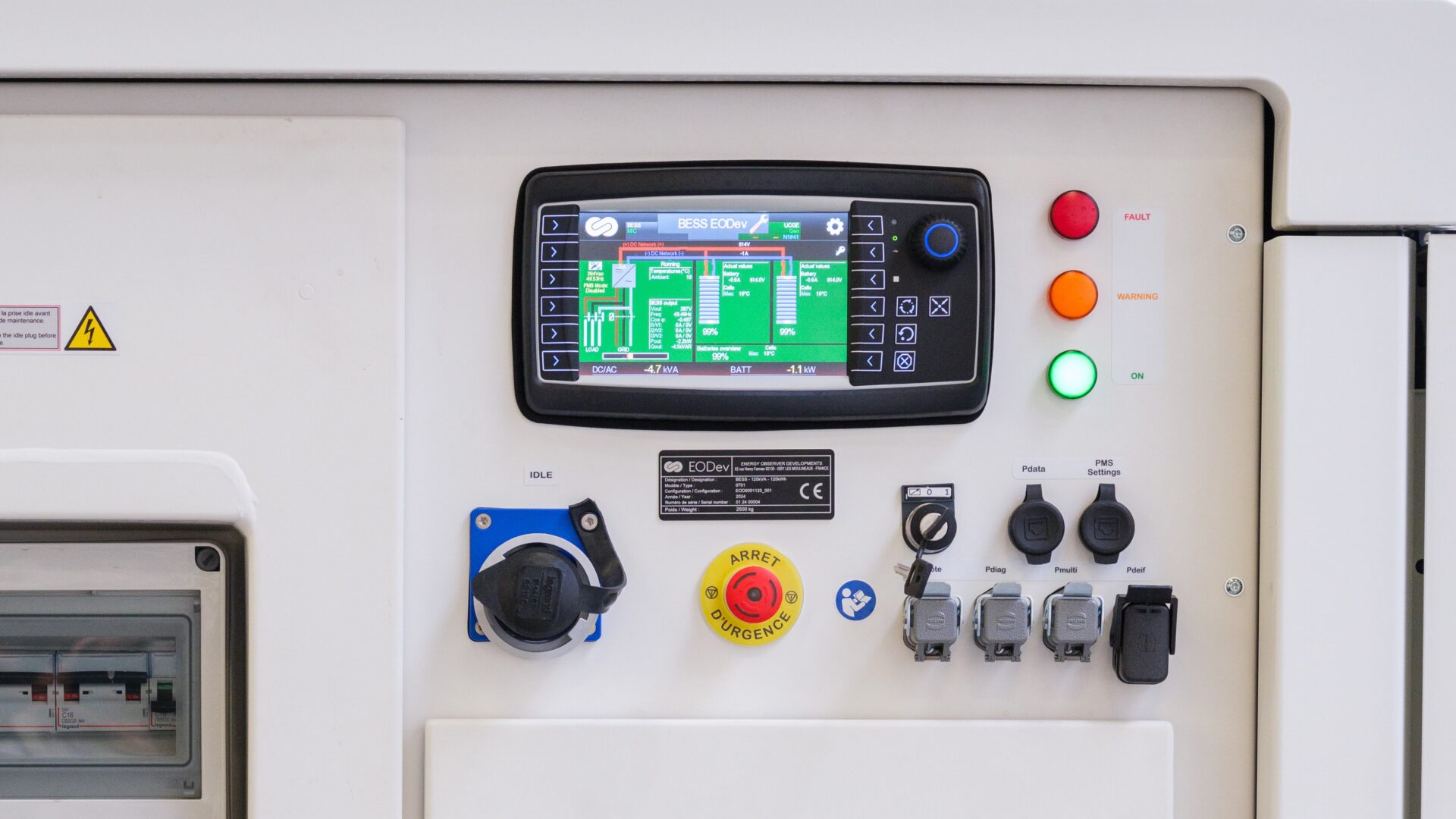
It can be used to configure and parameterize the various operating modes: peakshaving, backup, load sharing, and to monitor BESS operation in real time.
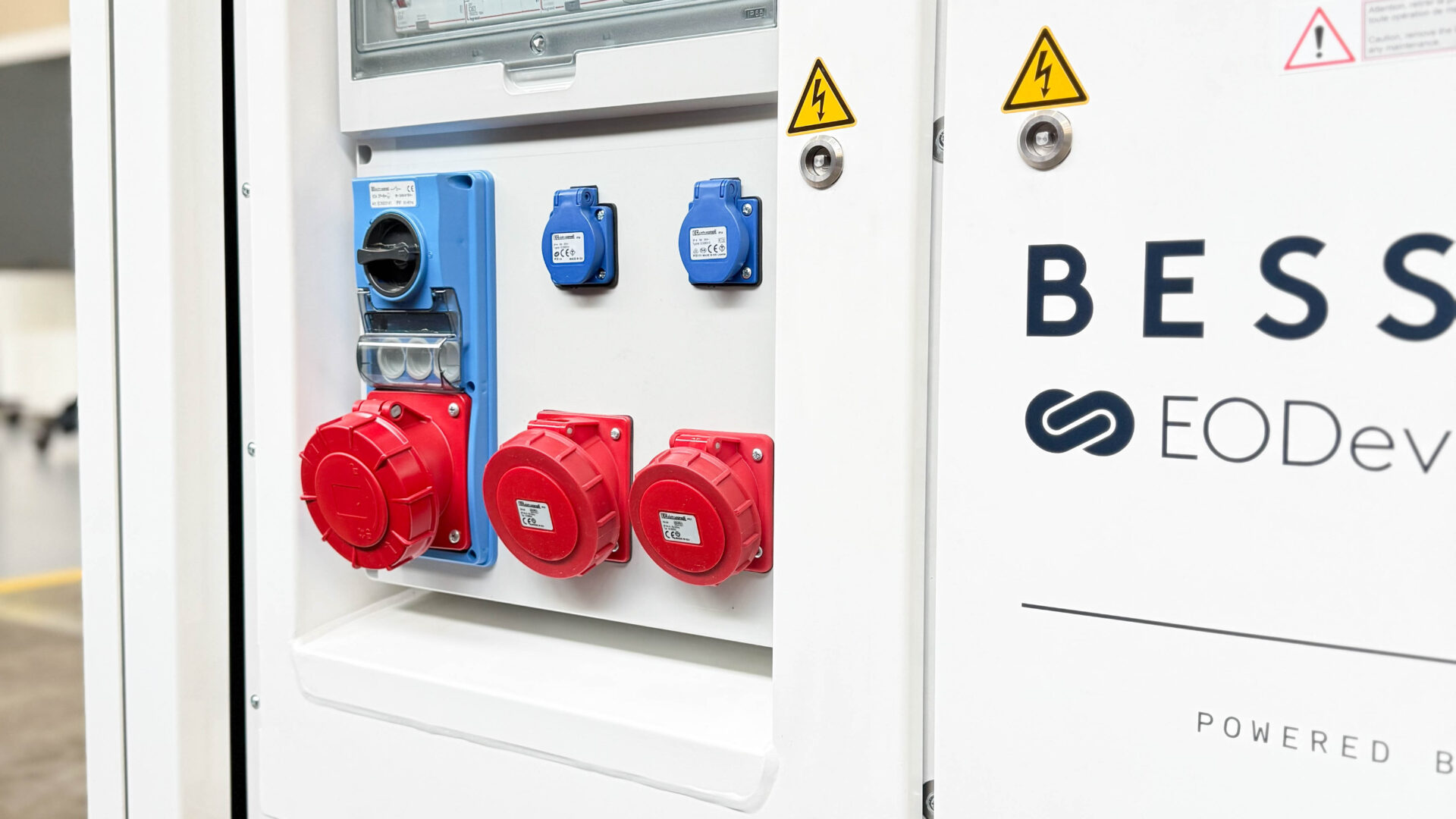
The BESS has several connectors to suit all configurations. Multimode, it features a Pass Through AC function at 250 amps.
Nominal Power Rating
120 kVA
Installed Capacity
124 kWh
Output voltage
400/230VAC
Frequency
50 Hz – 60 Hz
Dimensions
2550 x 1464 x 1464 mm
Download the on-line brochure
A solution made to endure
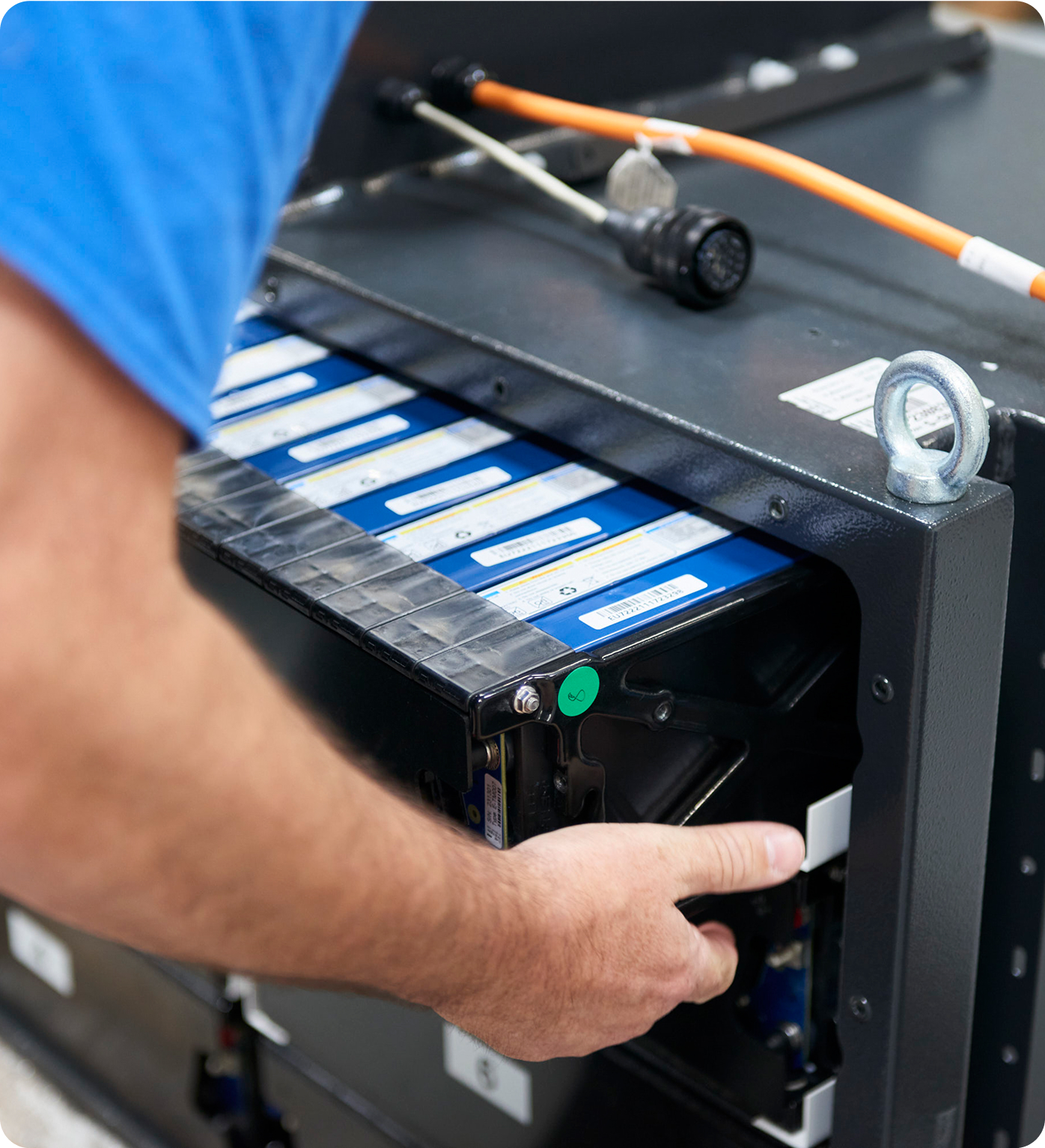
Precision-Engineered Battery Technology
Designed and developed entirely in-house by our subsidary EVE System, our advanced battery system delivers unmatched performance, reliability, and safety. Backed by 25 years of expertise and innovation in battery pack assembly and Battery Management System (BMS), we ensure seamless integration, maximum efficiency, and industry-leading protection for every application.
Sustainable Design
BESSTIE is built with Lithium Iron Phosphate (LiFePO4) batteries, renowned for their stability, safety, and long lifespan. Free from rare or heavy metals, they are fully recyclable at the end of their lifecycle, making them an eco-friendly energy solution. Additionally, the cells are screwed rather than welded, ensuring easy disassembly for maintenance and recycling.
Same BESSTIE adapts to a range of applications

Isolated sites
Fully Autonomous Power
In island mode, BESSTIE 120 operates as a standalone power solution, perfect for remote locations or noise-sensitive environments. Whether for night time operations, film sets, or telecommunications sites, it ensures reliable, quiet, and efficient energy wherever it’s needed.
Grid Support
Grid Support & Peak Shaving
BESSTIE 120 seamlessly integrates with the grid to provide stored energy for EV charging stations. It helps balance power demand during peak periods—such as holiday rush on a rest stop, seaside resort high demand —and supports areas with limited grid capacity, ensuring reliable and efficient energy distribution.
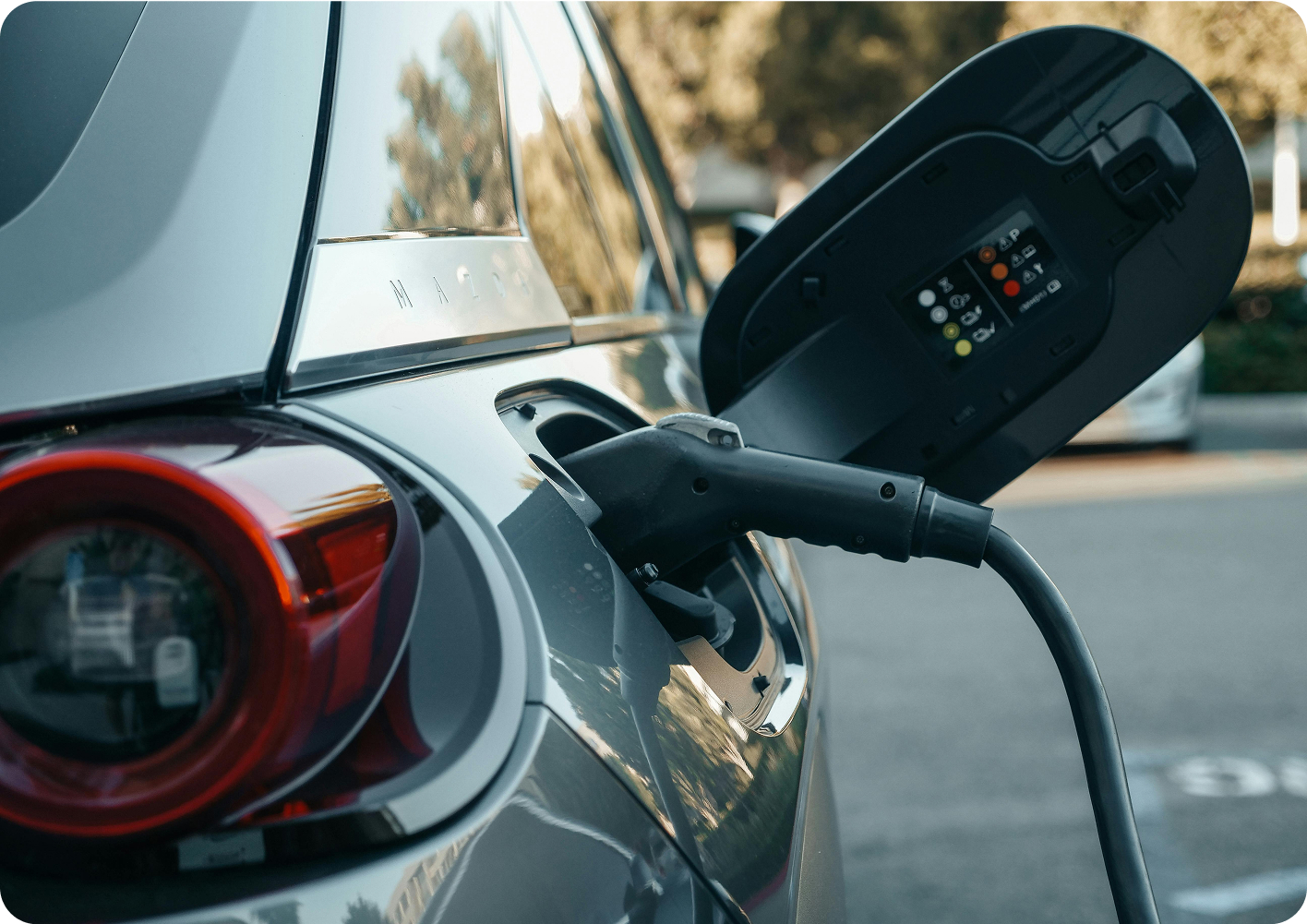
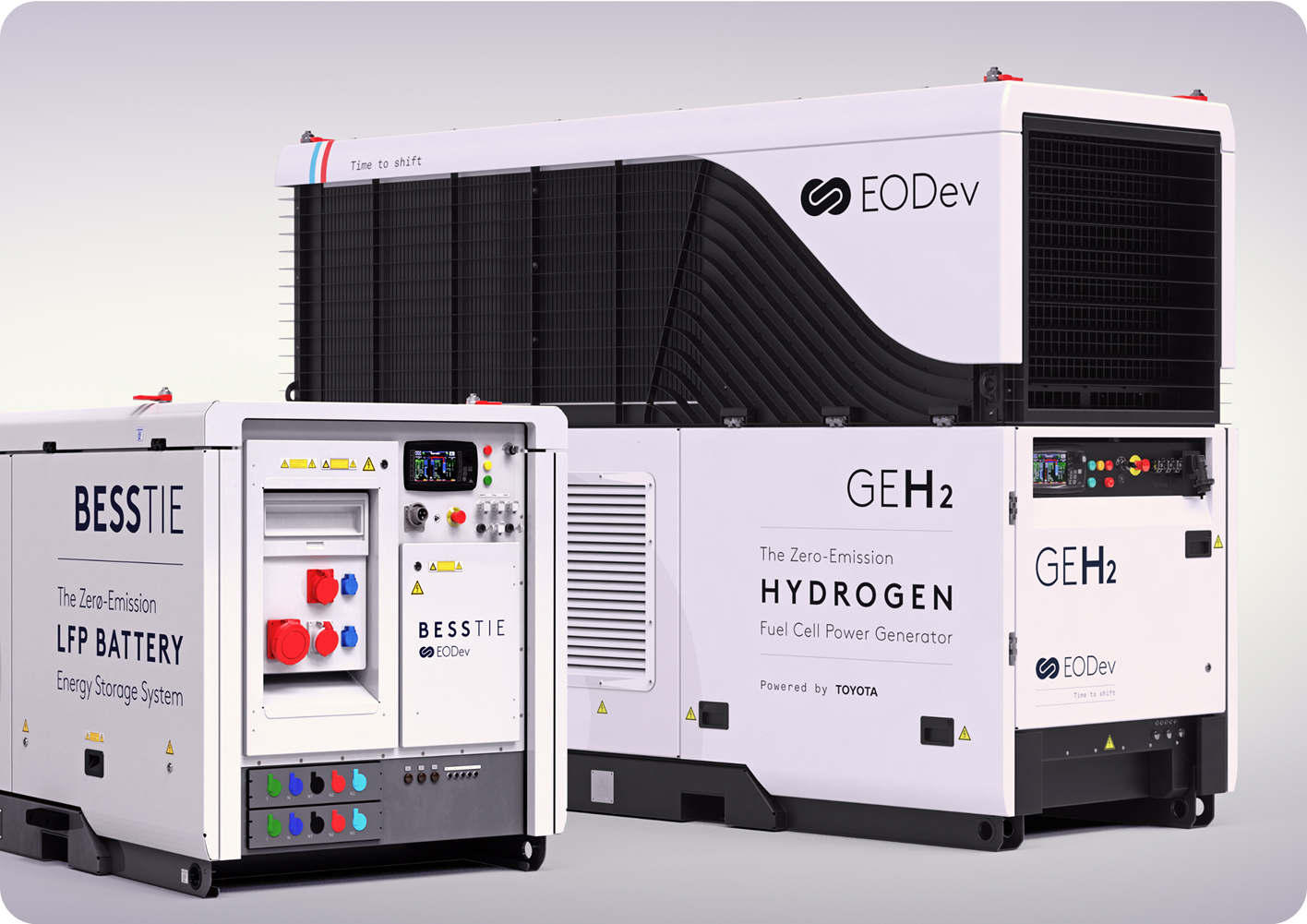
Peak management
Hybrid Power Management
BESSTIE 120 efficiently handles energy demands pikes by storing excess energy from diesel or hydrogen generators during low-load periods and redistributing it when demand peaks.
- Peak Shaving: Optimizes generator efficiency by managing power surges.
- Power Boost: Supports high power demands, especially during the startup of heavy equipment.
- Low-Load Operation: Reduces generator wear, minimizing issues like fouling and wet stacking.
Aftersales & Support
Reliability, quality, and durability are the core values driving the experts of the Blue Tech Energy Crew : our technical support team. They support you at every stage with streamlined management and a turnkey offer that includes administrative assistance, training, and on-site maintenance.
